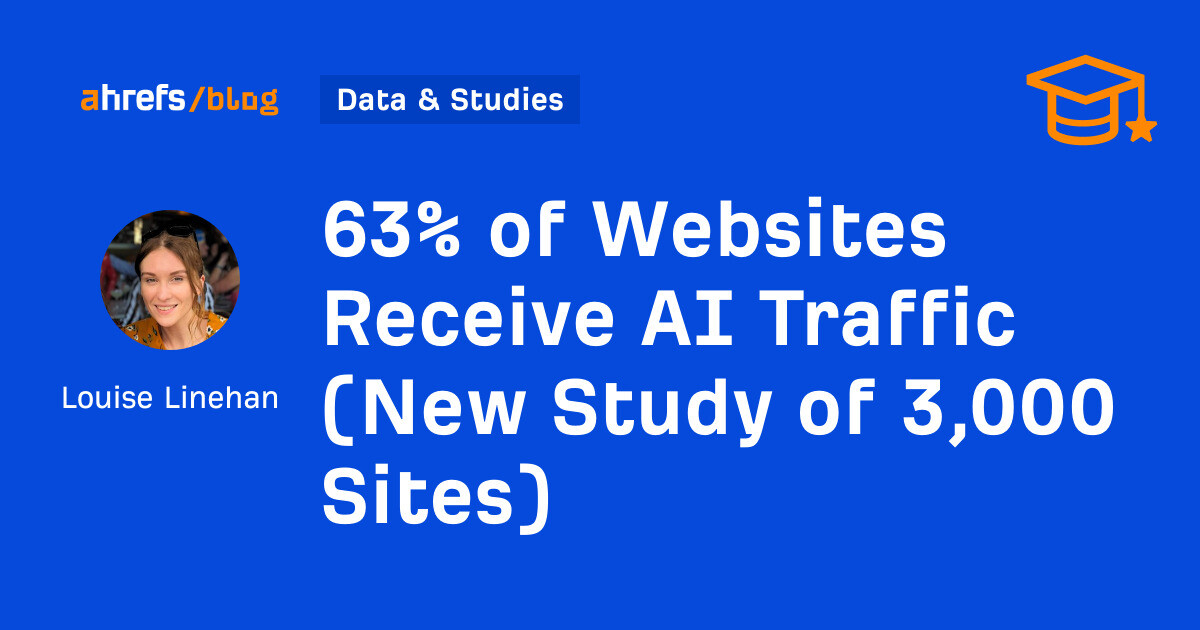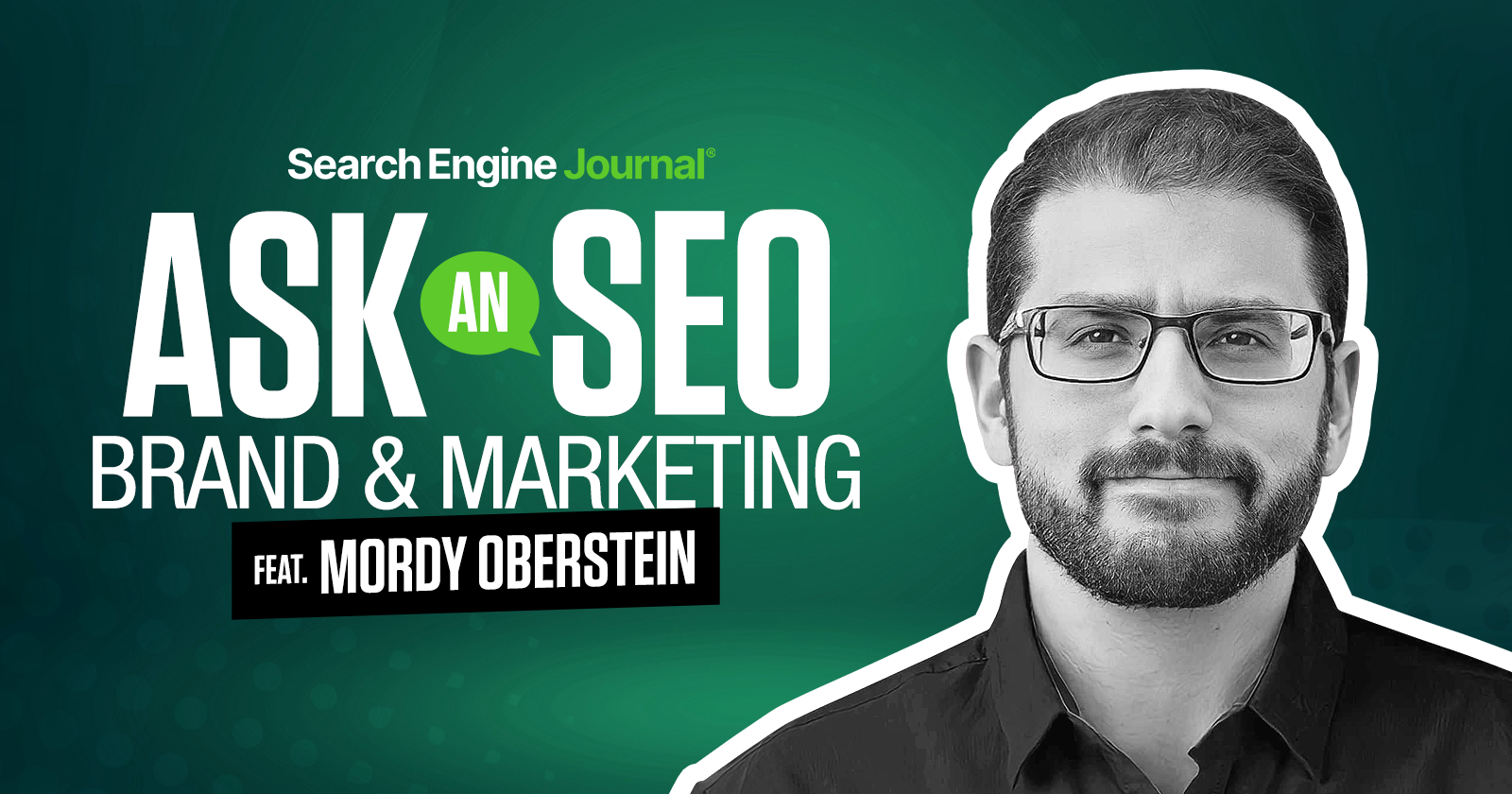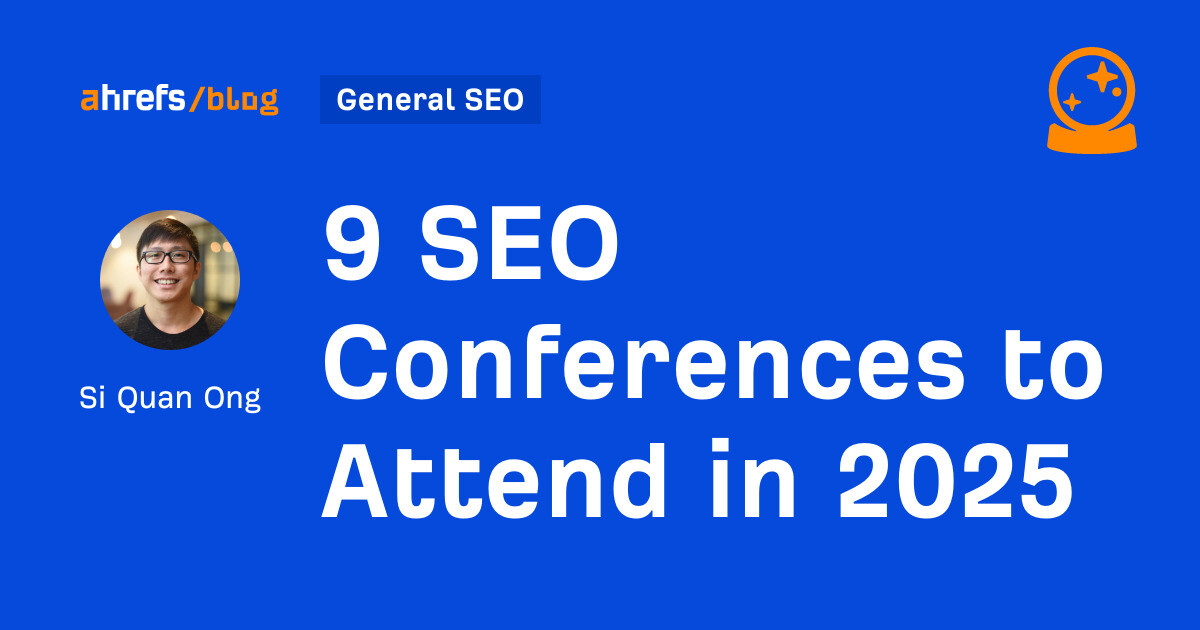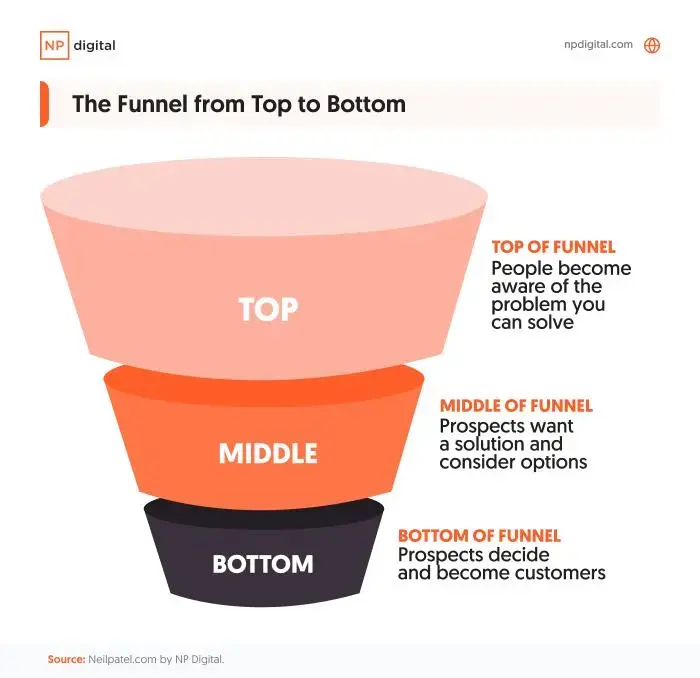Brand Gap Analysis: Find Out Why You’re Invisible in AI Search
That’s what a brand gap analysis enables. It also turns brand visibility from a vague concept into something measurable and fixable. Here’s how. A brand gap analysis measures the difference between your brand’s potential visibility and its actual presence...
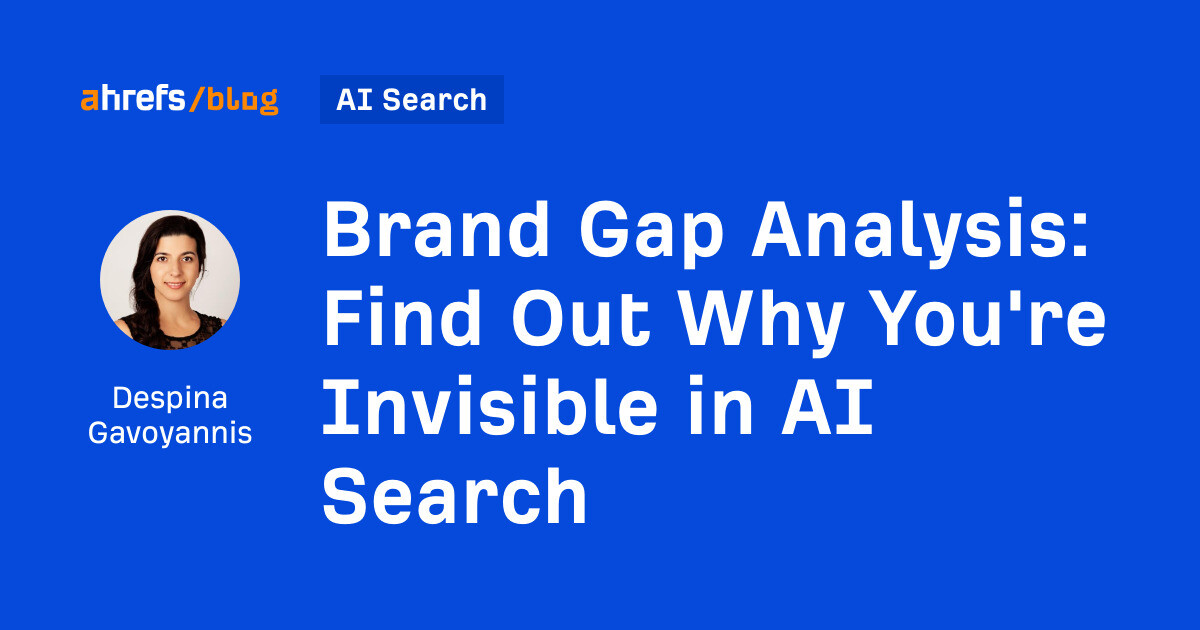
Article Performance
Data from Ahrefs
The number of websites linking to this post.
This post's estimated monthly organic search traffic.
Your brand presence shouldn’t depend on luck, algorithms, or guesswork. It should be built and improved with precision so you show up in all the places that matter, exactly as you want to be represented. That’s what a brand gap analysis enables. It also turns brand visibility from a vague concept into something measurable and fixable. Here’s how. A brand gap analysis measures the difference between your brand’s potential visibility and its actual presence across Google, AI results, and the wider web. It highlights the spaces where your brand could (and should) be more visible, trusted, or correctly represented. Unlike a content gap analysis (which focuses on missing keywords or pages), a brand gap analysis examines every factor shaping discoverability and reputation, from how AI describes you to which competitors are cited instead. At Ahrefs, we break brand gap analysis down into six core dimensions: When analyzed together, these dimensions reveal where your brand’s authority, visibility, and perception can be strengthened. So how do you turn these dimensions into something you can measure and act on? Let’s break down the process. Want to turn your brand gap analysis into a report for stakeholders? Download the Brand Gap Analysis Report Template, a customizable framework to share visibility gaps, AI mentions, and opportunities for growth with stakeholders. It includes: Use it to make your brand’s visibility story easy to analyze, explain, and act on. Follow the process below to help you fill out each section with valuable insights. Before you can find your visibility gaps, you need to define your brand and clarify the specific gaps you’ll be measuring. Sounds like a simple concept until you realize that your brand is referred to differently by different people, even teams within your own company. For instance, some people refer to your brand’s legal entity, while others refer to the shortened version or an abbreviation. You might also want to consider any sub-brands or other connected brand elements, like: There’s no limit as to how deep you can go. Each of the brands and connected entities will have its own visibility profile in search and AI results, and you can repeat the following analysis for each one. Once you have the list, the next step is to map meaning to each entity, clarifying what your brand, products, and people should be known for. Search engines and LLMs don’t understand brand names on their own; they infer meaning from how your brand is described and discussed. That’s why you need to connect each entity to the topics, features, and attributes people actually associate with them, like the problems they solve, the qualities they’re praised for, and the context they belong in. A good starting point is keyword research. Look for recurring adjectives, modifiers, questions, and descriptive phrases people use alongside your brand or category — terms like “affordable,” “eco-friendly,” “AI-powered,” or “award-winning.” For example, IDEO has connected its brand to “human-centred” design: These reveal the values and attributes your audience already cares about, which you can then reinforce through messaging, content, and brand signals. For example, when looking for lawyers, many people value a firm’s ability to win without it racking up major expenses in the process: For a plumbing service, they value a plumber who can help them at any time during an emergency: You get the idea. If you’re not sure what topics people search for that your brand can target, try validating some ideas through Ahrefs’ free keyword generator: You’ll get a rough idea of the types of things people search for and how often: As you uncover these topics and values, capture them in a structured list. They’ll serve as your benchmark for what your brand should be known and found for. In the next step, you’ll compare this “desired state” to your brand’s actual visibility to pinpoint the gaps. The next step is to assess your current brand visibility in Google search, AI search, and online mentions (instances where your brand is referenced on other sites, in articles, reviews, directories, or social media). These mentions help shape how both people and machines perceive your authority and relevance. Start by entering your brand’s website (or dedicated webpage) into Ahrefs’ Site Explorer. You’ll get a dashboard of metrics giving you a decent baseline. For example, you’ll get a snapshot of metrics for search performance on Google, including: You’ll also get a bird’s-eye view of the brand’s visibility in AI search across different platforms: Clicking any of these metrics will take you to Ahrefs’ Brand Radar, which shows more specific metrics related to your brand’s visibility in AI search: You can track any metrics you think matter to your stakeholders. The list above is the minimum to get you started. It’s also a great list to revisit periodically to see how your brand’s visibility changes over time and to report the results of your efforts. Start by analyzing your branded keyword visibility to assess ownership of search results when people search your brand directly. Enter your brand name into Ahrefs’ Keywords Explorer and go to the Matching terms report: You’ll see a list of all branded terms that people search for. This report is a goldmine of brand data that comes directly from users. You can see exactly what topics, features, and products people associate with your brand. You can also see what other brands your audience considers to be your competition. Use the Target filter and add your brand’s website to see how well you rank for these terms: The ideal outcome is for your website to rank in position one for all your branded keywords. But that’s not always going to be the case. For any query containing your brand name where you’re not in the top spot, ask: These are your branded search gaps. For each one, decide whether it’s worth closing and how to do it. For example, for the keyword “Ahrefs YouTube”, the website ranks in position two, but by examining the search results, our branded YouTube profile ranks above the website (as expected), and therefore, there’s no gap for us to close. However, there are quite a lot of keywords about the paraphrasing tool with decent search volumes for which the website does not rank: In this case, it may be worth improving the on-page optimization of the page to address these gaps. Next, take a look at how your brand performs for related unbranded searches. Start with the list of topics you identified as relevant to your brand in step one and search them in Keywords Explorer. It’s often easier to search them one by one. Then add your website to the Target filter. For example, Ahrefs’ visibility for the topic of “keywords” is pretty decent, but with some room for improvement: It’s expected that anything related to “keyword planner” refers to Google’s product, not ours, so we’re not competing for visibility on those. We’re ranking on page one for many other competitive terms around keyword generators and checkers. However, we can probably examine why our visibility for “keyword tools” in general is rather low. As you go through the same process for your brand, it can be helpful to create a list of keywords relevant to your brand, allowing you to track your visibility for them over time. To close the topic gaps you identify, you’ll likely need to add a new page or update an existing one to cover the topic more deeply. Related reading: Unlike with Google search, your brand can appear in more ways in AI-generated answers on various platforms. For instance, it can be: This step builds directly on your keyword and topic analysis but shifts the focus from rankings to responses. Use the AI Responses report in Brand Radar to find queries that don’t show your brand in the response or citation but should. Enter your brand name and review how your brand appears across different AI indexes (Google AI Overviews, ChatGPT, Perplexity, etc.). The magic of Brand Radar lies in its filters. You can find a full tutorial here, but for now, consider these: To perform an analysis for unbranded visibility, try searching for your topics and using the filters to show queries that don’t contain your brand. It’s easier to search each topic individually. For instance, here are the settings looking at the topic of “keywords”: Using the filters, you can narrow down the data to specific sub-topics. For instance, I could use these settings to analyze AI responses about bottom-of-funnel queries related to keyword research and rank tracking: Make a list of the relevant queries where you notice gaps you’d like to close, like your brand is: Closing these gaps often comes down to two things. The first is closing topic gaps on your website by either publishing new pages or improving the topic coverage of existing ones. You can use AI Content Helper for this. It analyzes your content and helps you identify essential topics to cover on each page. The second is by analyzing third-party websites cited in AI responses. In some cases, you may need to reach out and ask for existing information about your brand to be updated, or request to be added if competitors are mentioned but you’re not. Even if your brand ranks well and appears in AI responses, it might still be missing from conversations happening elsewhere online. That’s where auditing your branded mentions comes in. This step helps you discover who’s already talking about your brand and who should be. Think of it as mapping your brand’s share of conversation beyond search. You can do this in the Web pages report in Brand Radar. You’ll get a list of pages that mention your brand: When reviewing these brand mentions, ask yourself questions like: Beyond individual articles, look at who is driving the coverage. Which authors consistently write about your competitors but not your brand? Which publications produce recurring content in your niche but rarely include you? These authors and publications are ideal for outreach. They already engage your audience and shape your industry’s perception. Add the ones you’d like to reach out to in a prospecting list (download ours for free if you don’t have one already 😉 Once you’ve identified your own branded and topic gaps, benchmark your visibility against your competitors. This step reveals which topics, queries, and product features are more strongly associated with other brands and where you can close that gap. Start by repeating steps 2–5 for your top competitors. It’s worth looking at their branded queries just as much as their coverage for unbranded topics. You can quickly see what users and search systems connect to your competitors more strongly than they do to your brand. For instance, looking at Quizlet, their brand is connected to: Look for similar patterns in your competitor’s search visibility to find gaps you can close against them. For instance, look for topics people commonly associate with competitors and not your brand. It could be a quick win to start advertising your features connected to those topics and creating awareness among your audience about what you offer. Then use your search strategy to capture the demand you’ve generated. Some other things you can try to close these gaps include: The final step is to translate your findings into a clear, prioritized action plan that your team can use and your stakeholders can easily understand. Generally, you’ll be planning to do one of three things: At this stage, you’re not just collecting data; you’re building a visibility strategy based on measurable brand gaps. But you’ll also need to prioritize each opportunity based on its potential impact. For instance, you could weigh up: This helps you focus on quick wins first while still planning longer-term brand positioning improvements. Once you have an action plan ready and know the top priorities you’d like to focus on, summarize it in a report for stakeholders. Download this free brand gap report template if you don’t already have one. Replace all the pink sections and summarize your key findings in scorecards and quick snapshots of key points. A brand gap analysis should go beyond fixing individual pages. It’s not a content gap analysis. Rather, its priority is reclaiming every opportunity where your brand should have been part of the conversation but wasn’t. Whether in Google’s top results, an AI response, or content around the web, closing those gaps compounds visibility and trust.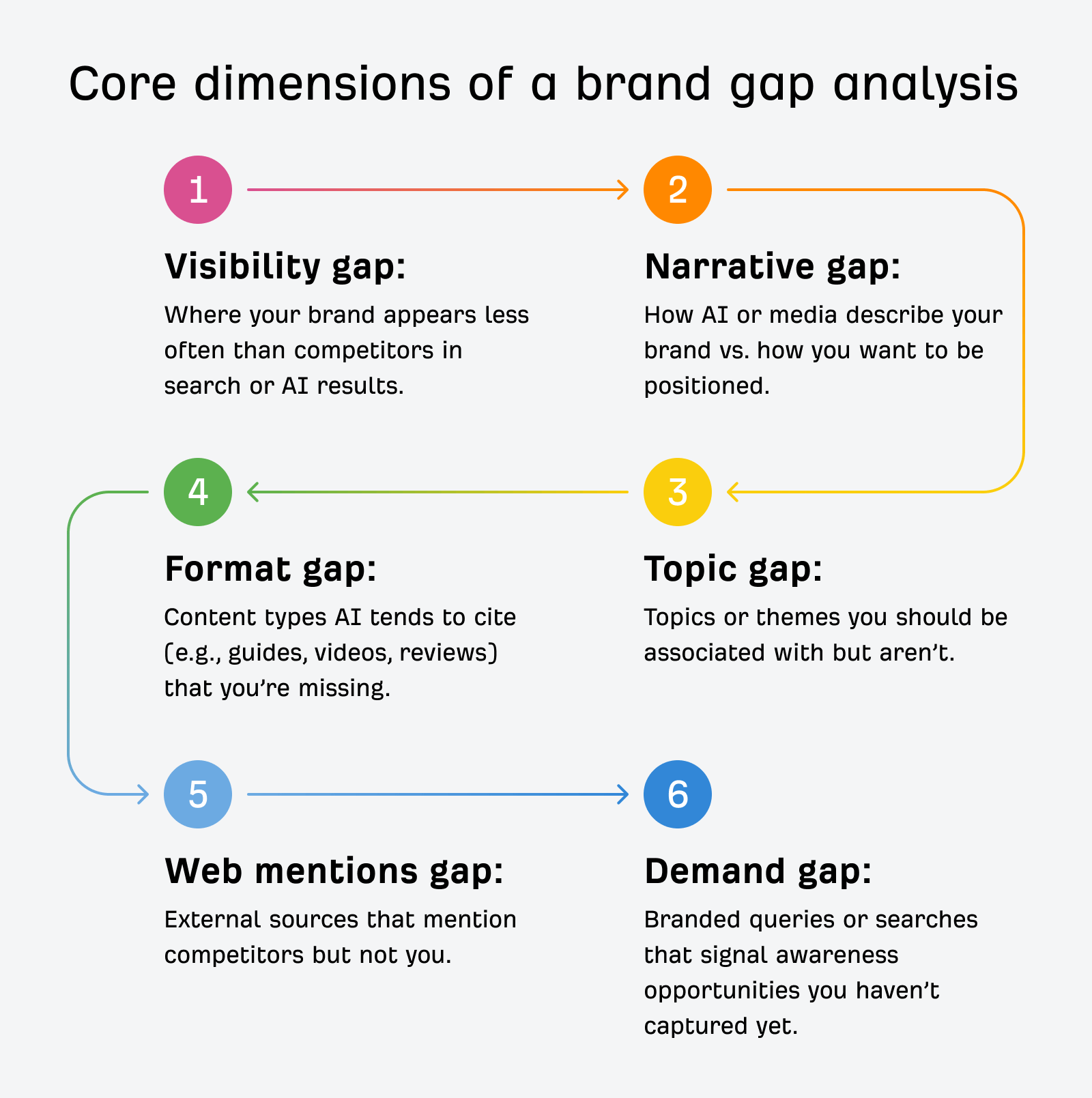
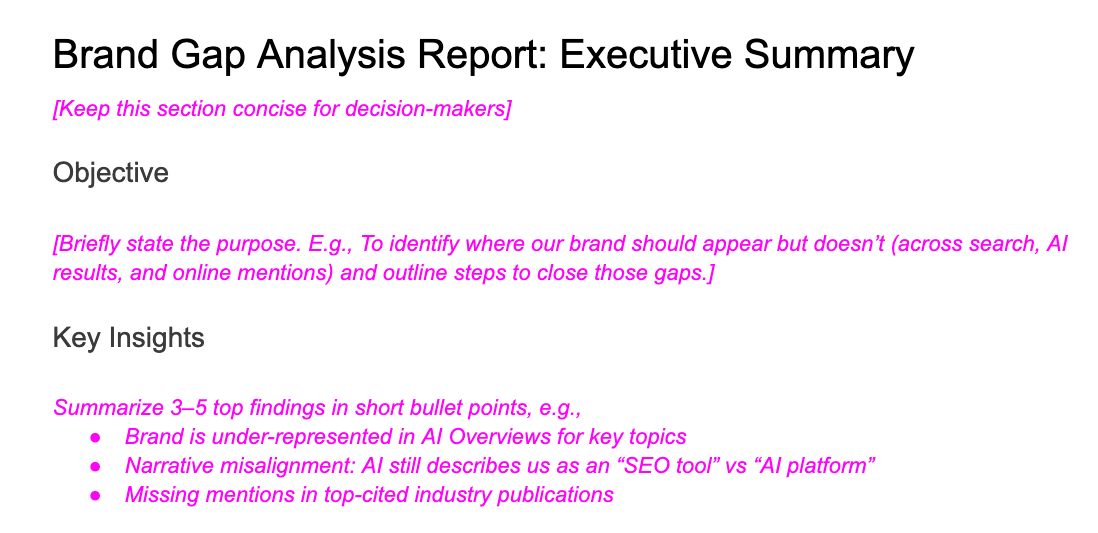
Legal EntityCommon Name(s)Abbreviation(s) International Business Machines Corporation IBM IBM Apple Inc. Apple AAPL Domain Holdings Australia Ltd Domain (or sometimes Domain Group) DHG Amazon.com Inc Amazon or Amazon.com AMZ or AMZN 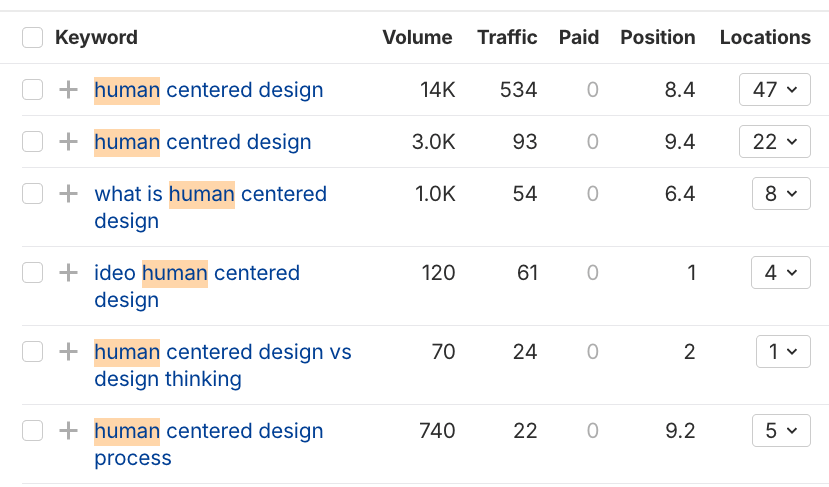
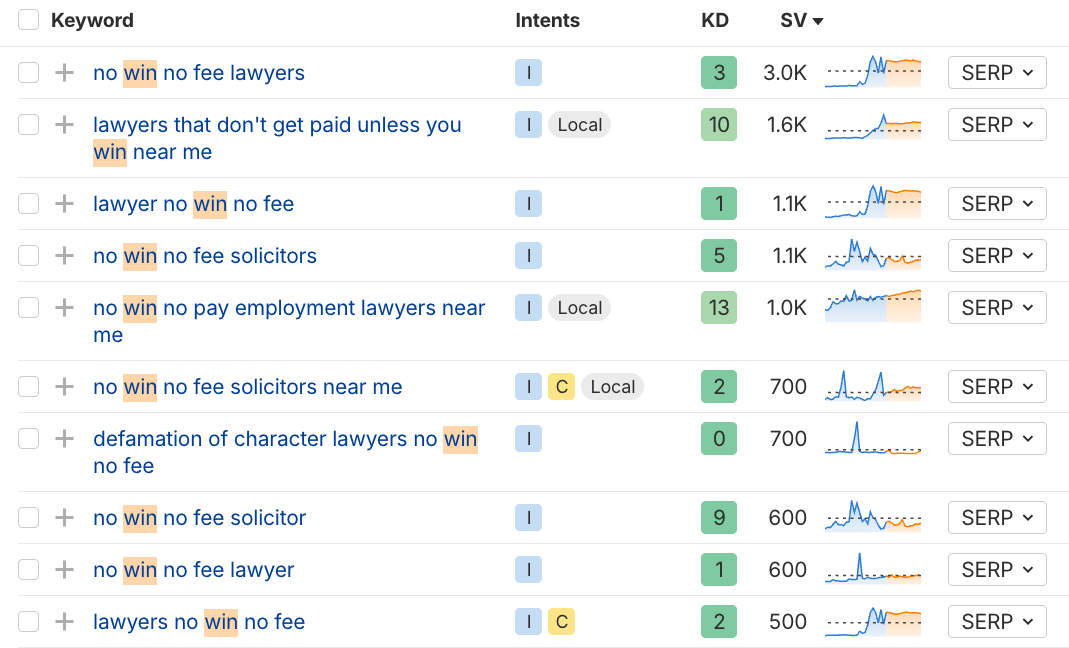
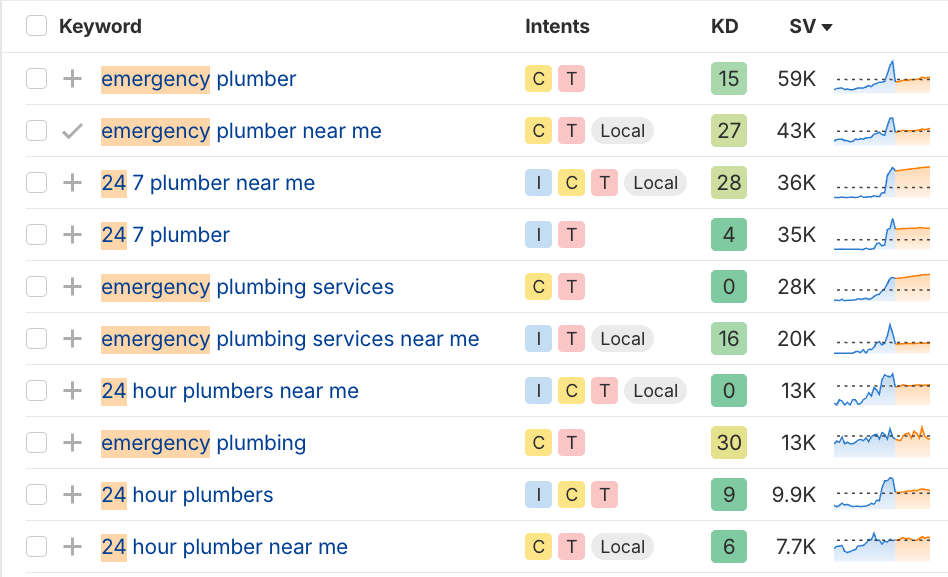
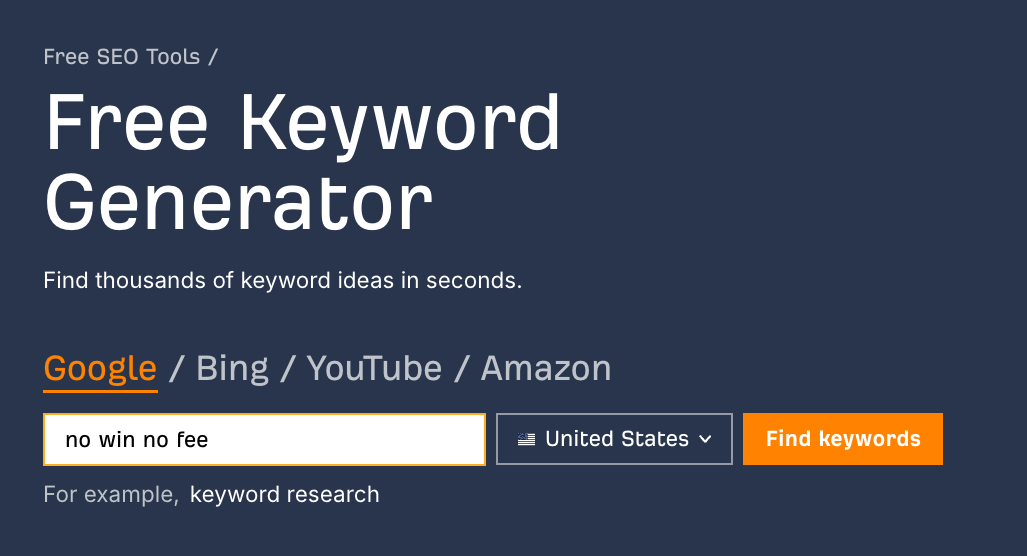
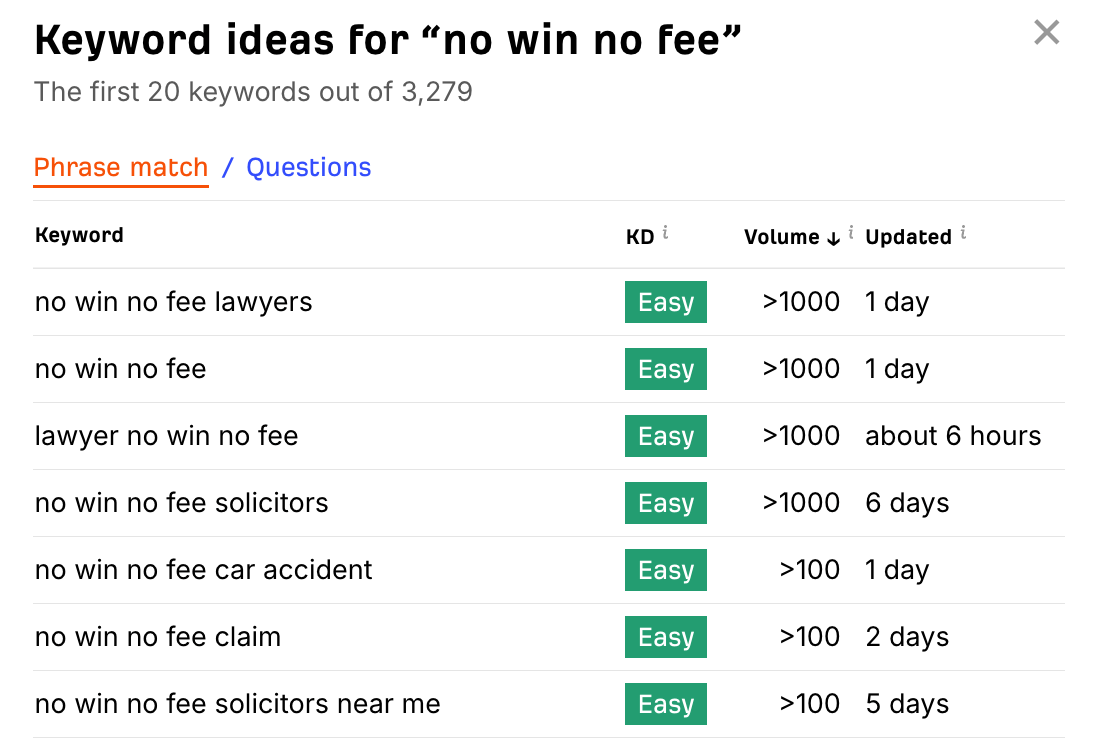



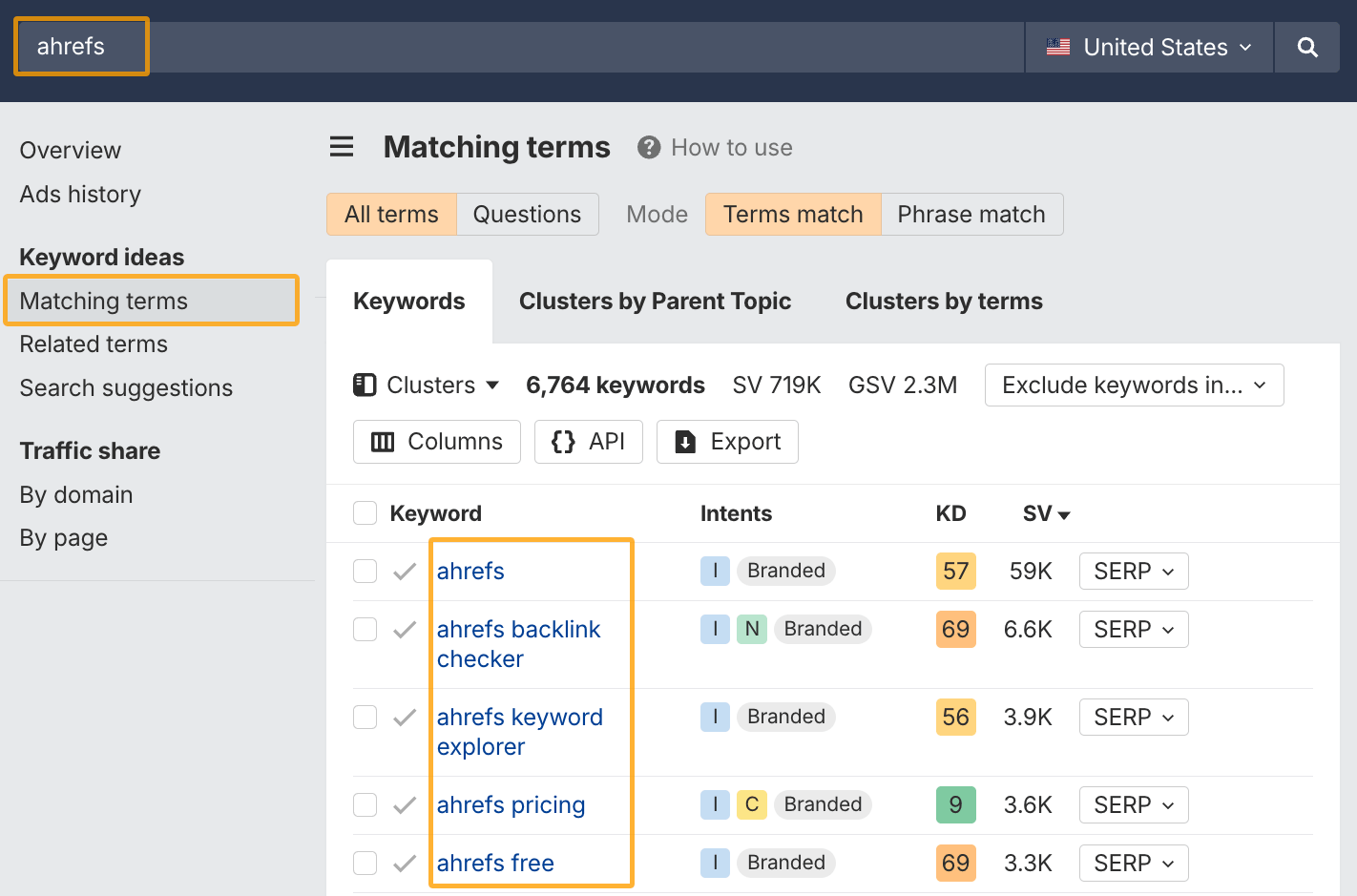
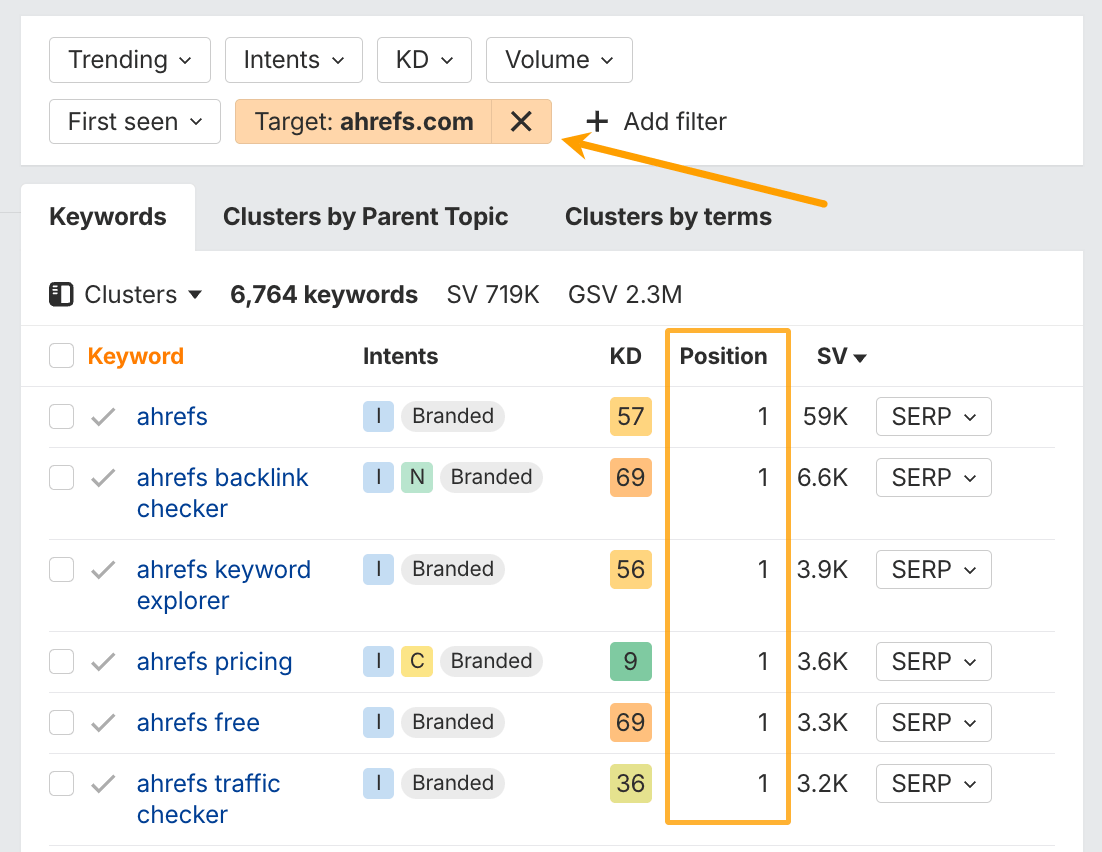
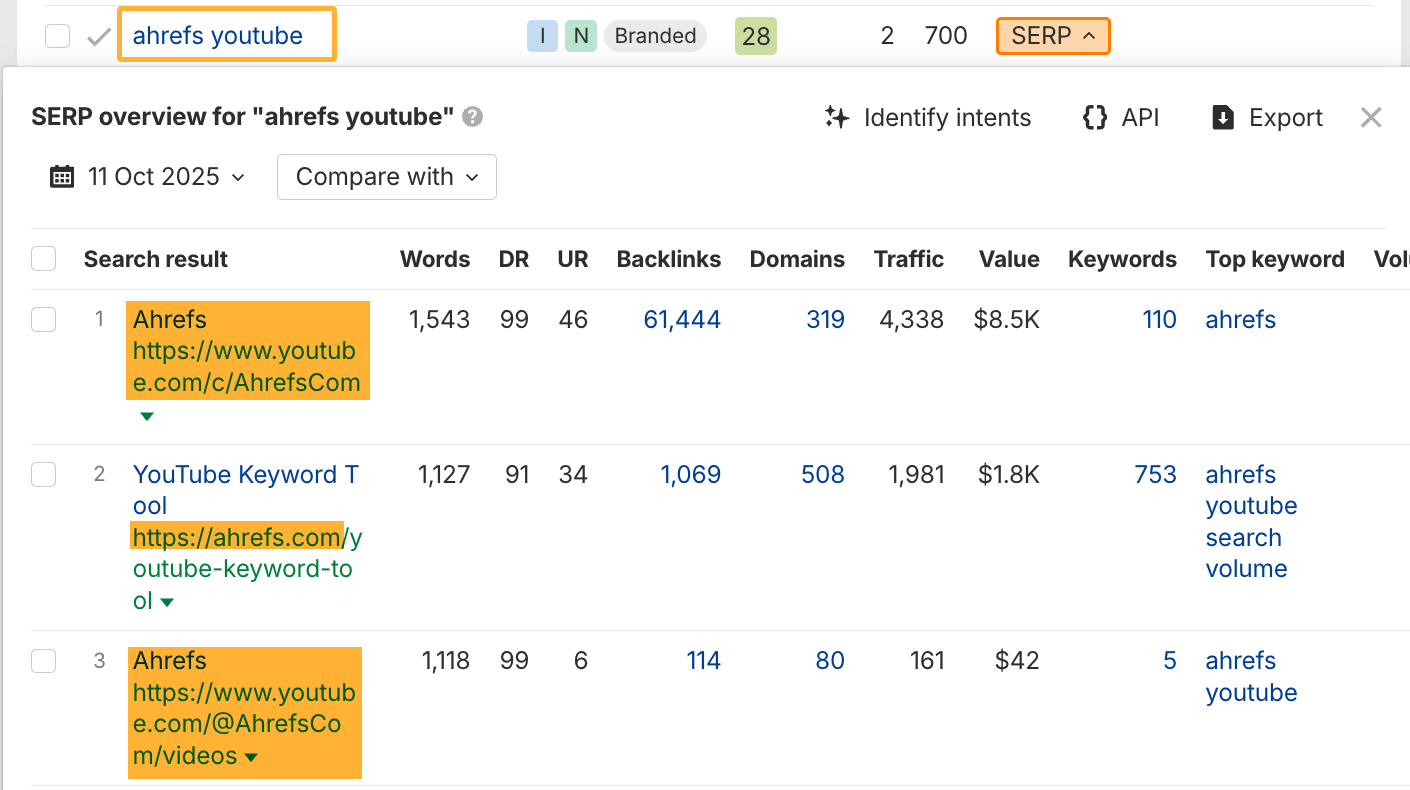
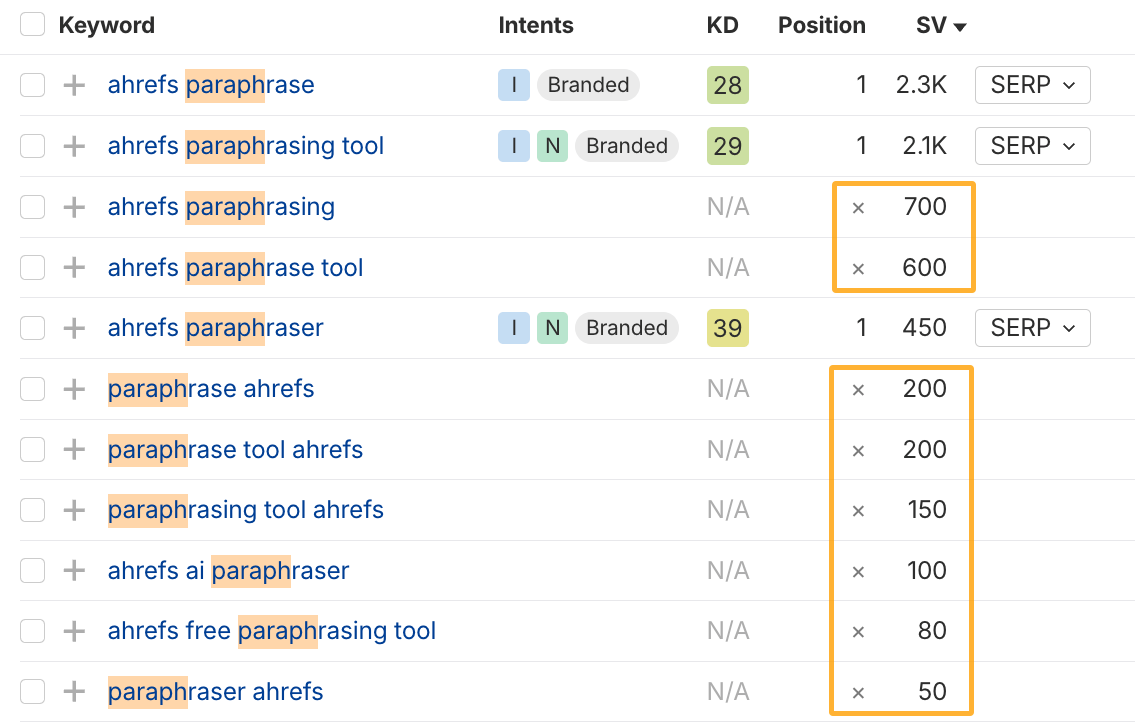
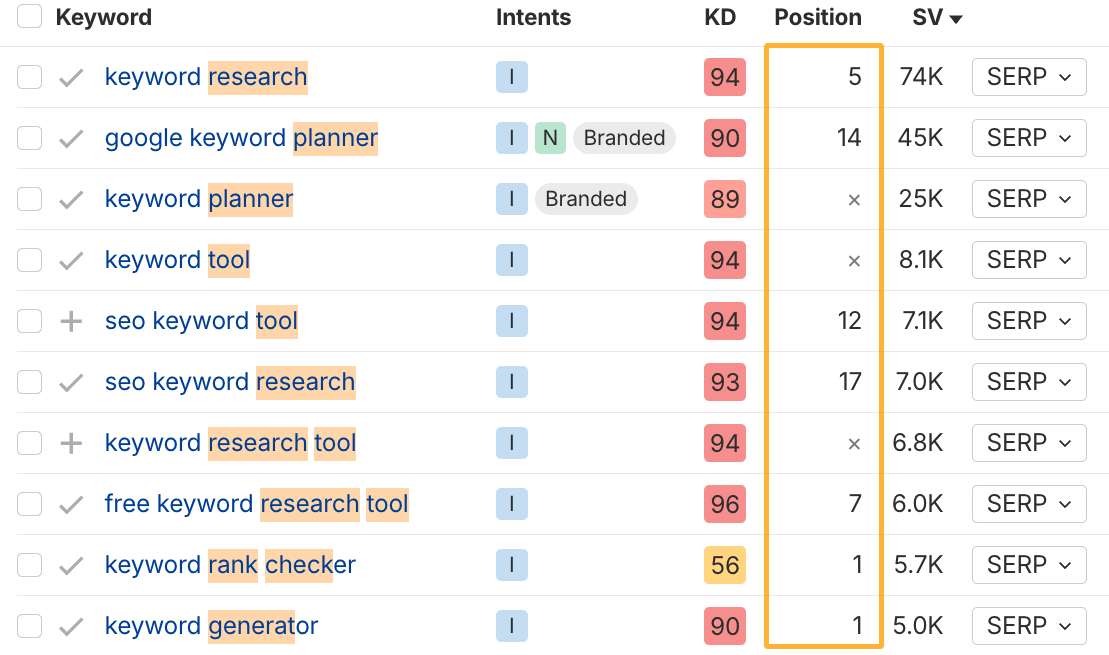
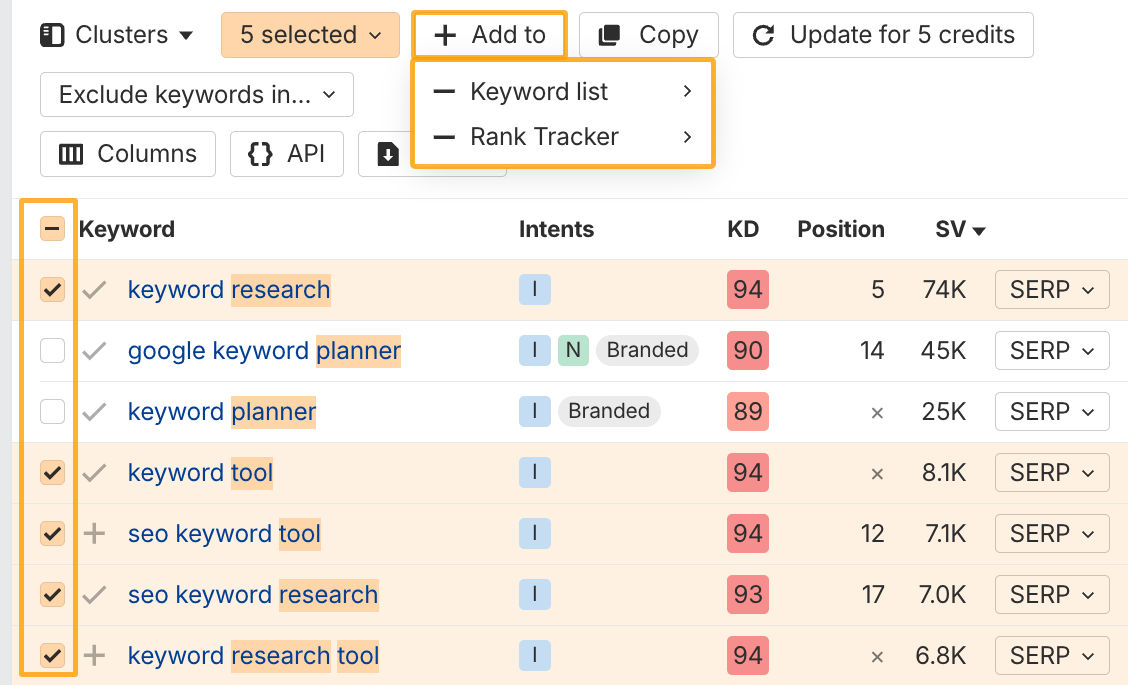

Use CaseFilter Settings See what AI says about you for branded searches Query contains {your brand} Find branded queries for which AI references other websites (not yours) Query contains {your brand} AND the citation does not contain {your domain} Get stats about all your brands and sub-brands. Query contains {your brand} AND {sub-brand 1} AND {sub-brand 2}, etc. 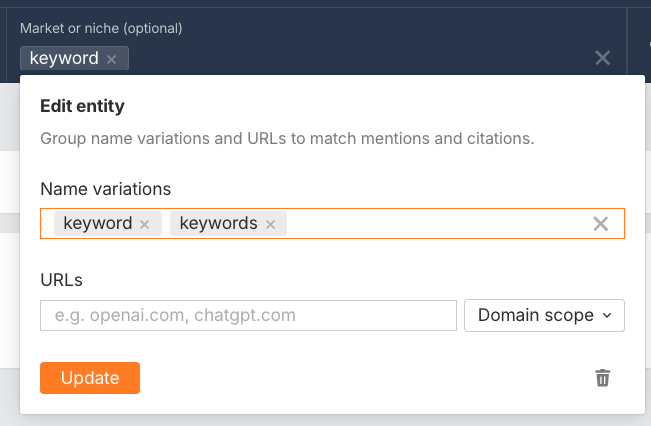
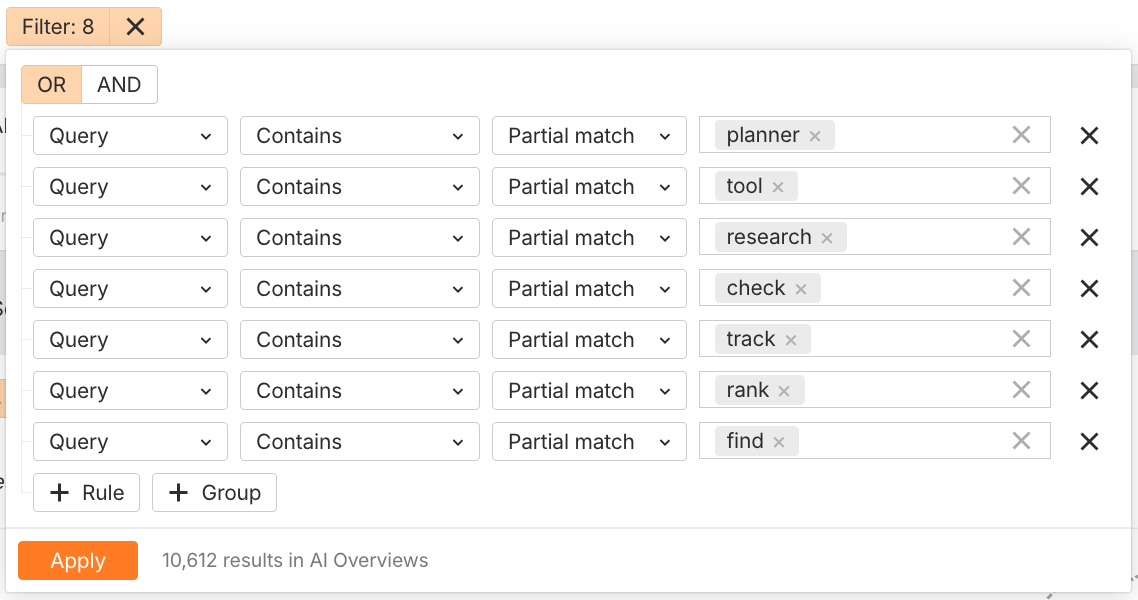
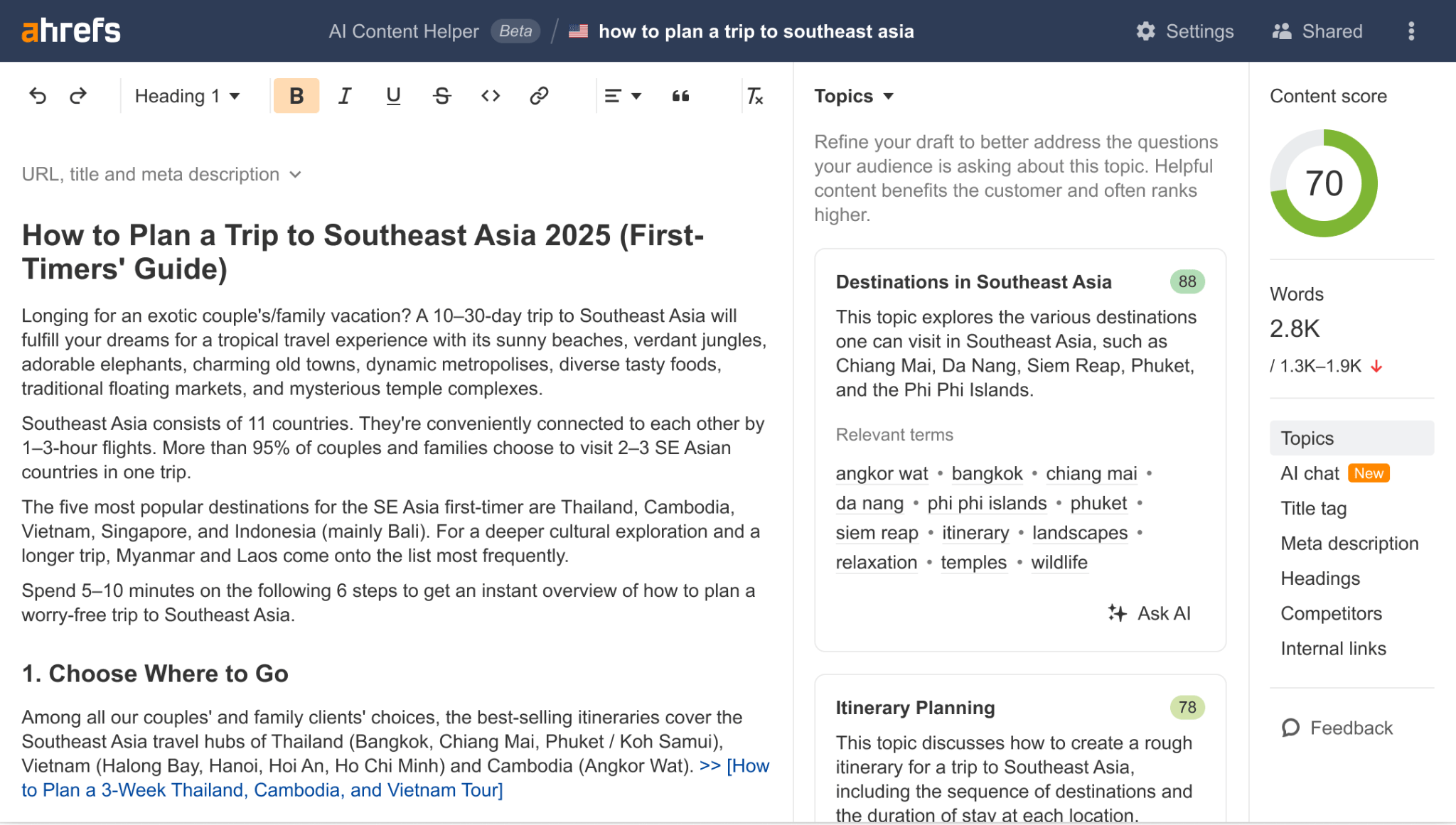
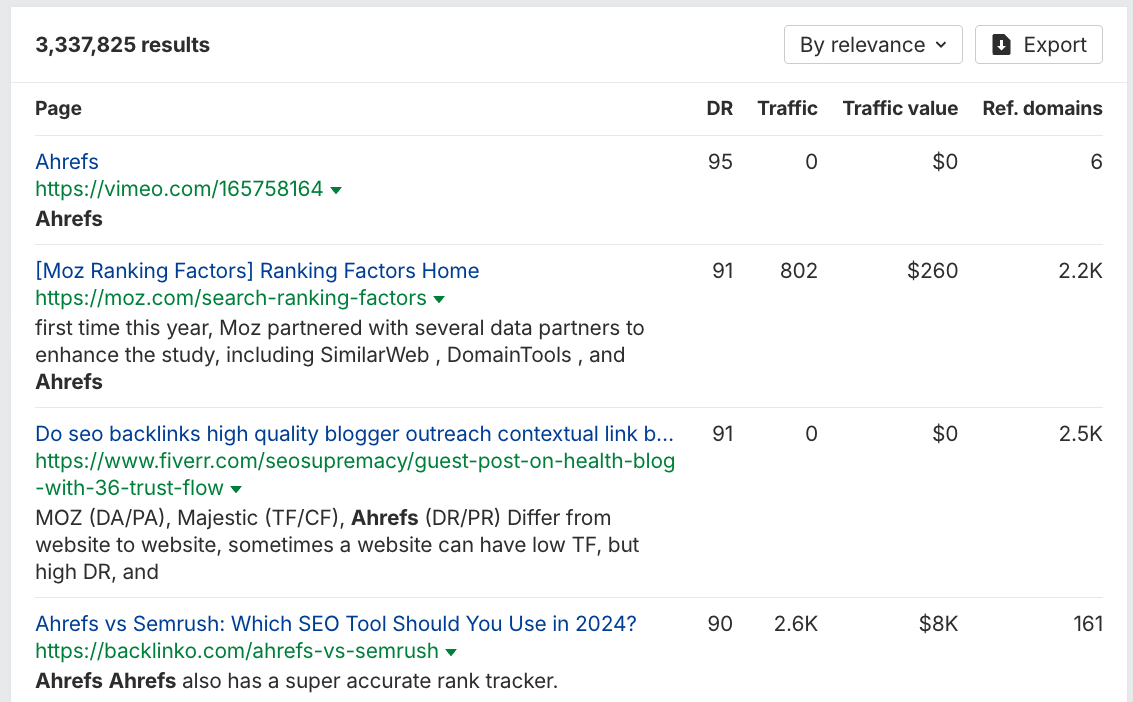

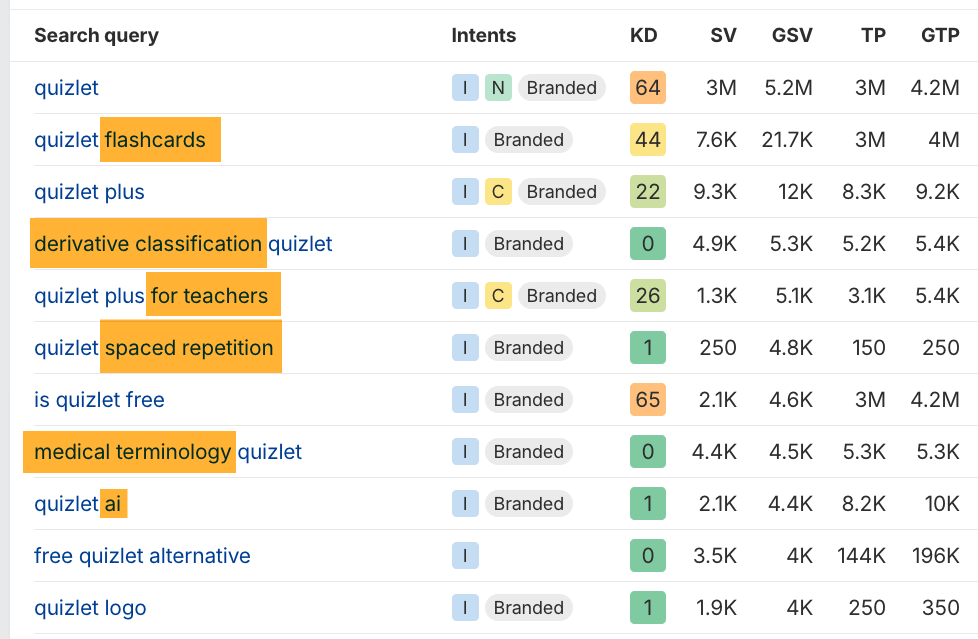
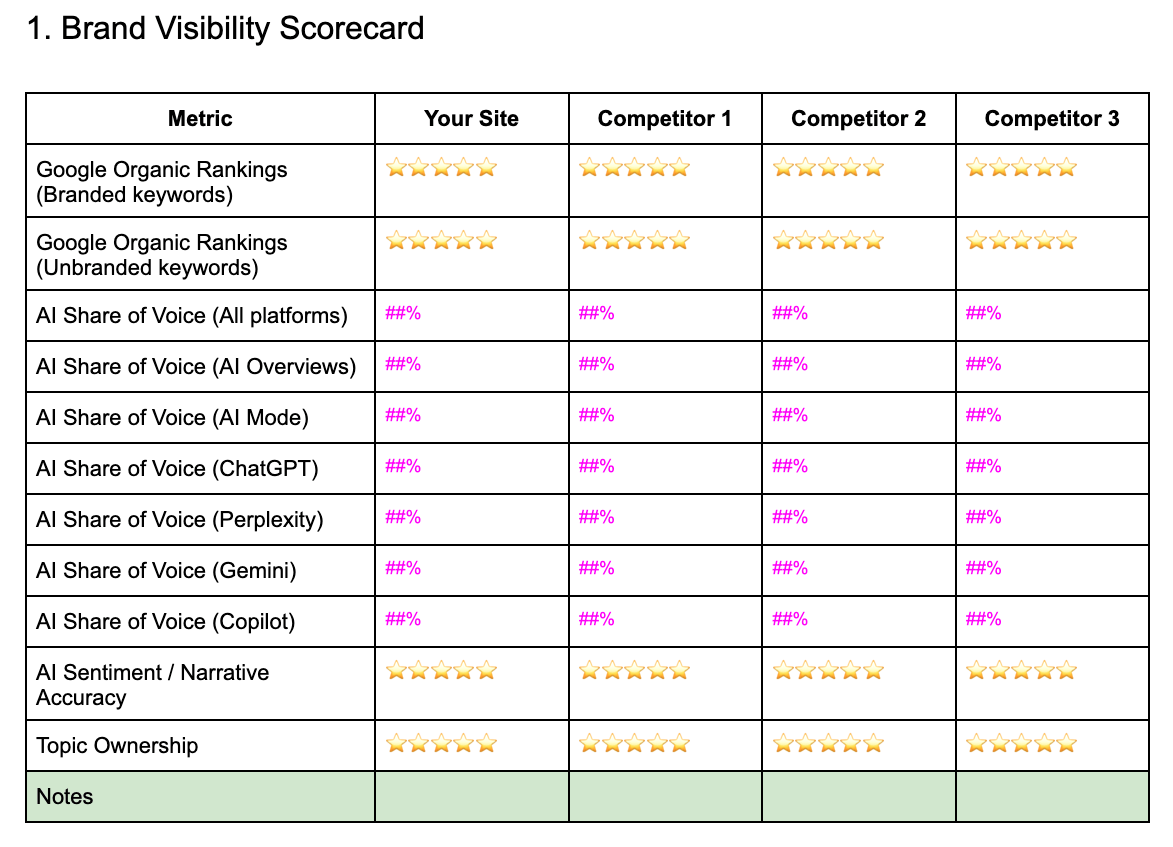
Final thoughts

 Tfoso
Tfoso 










